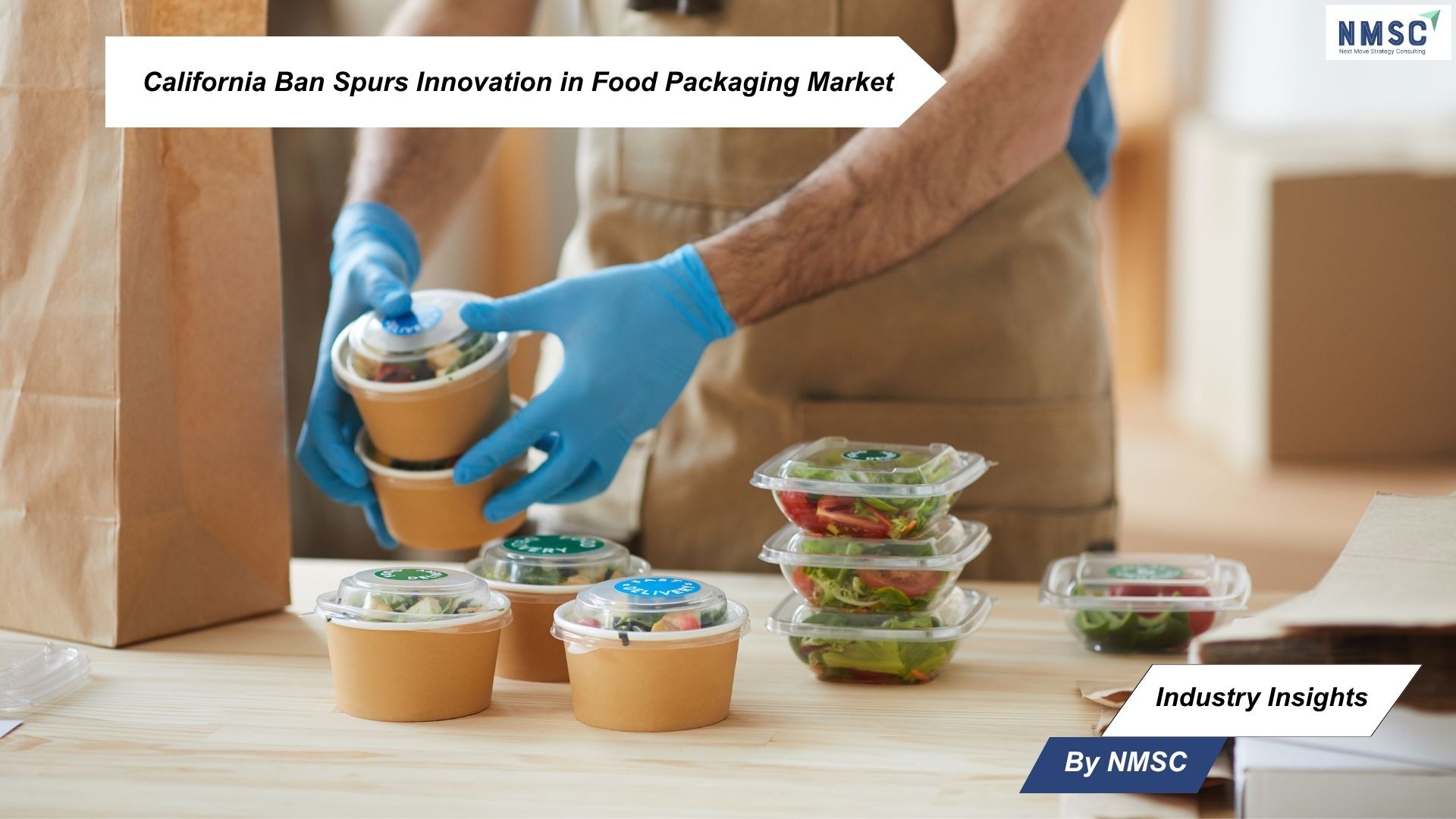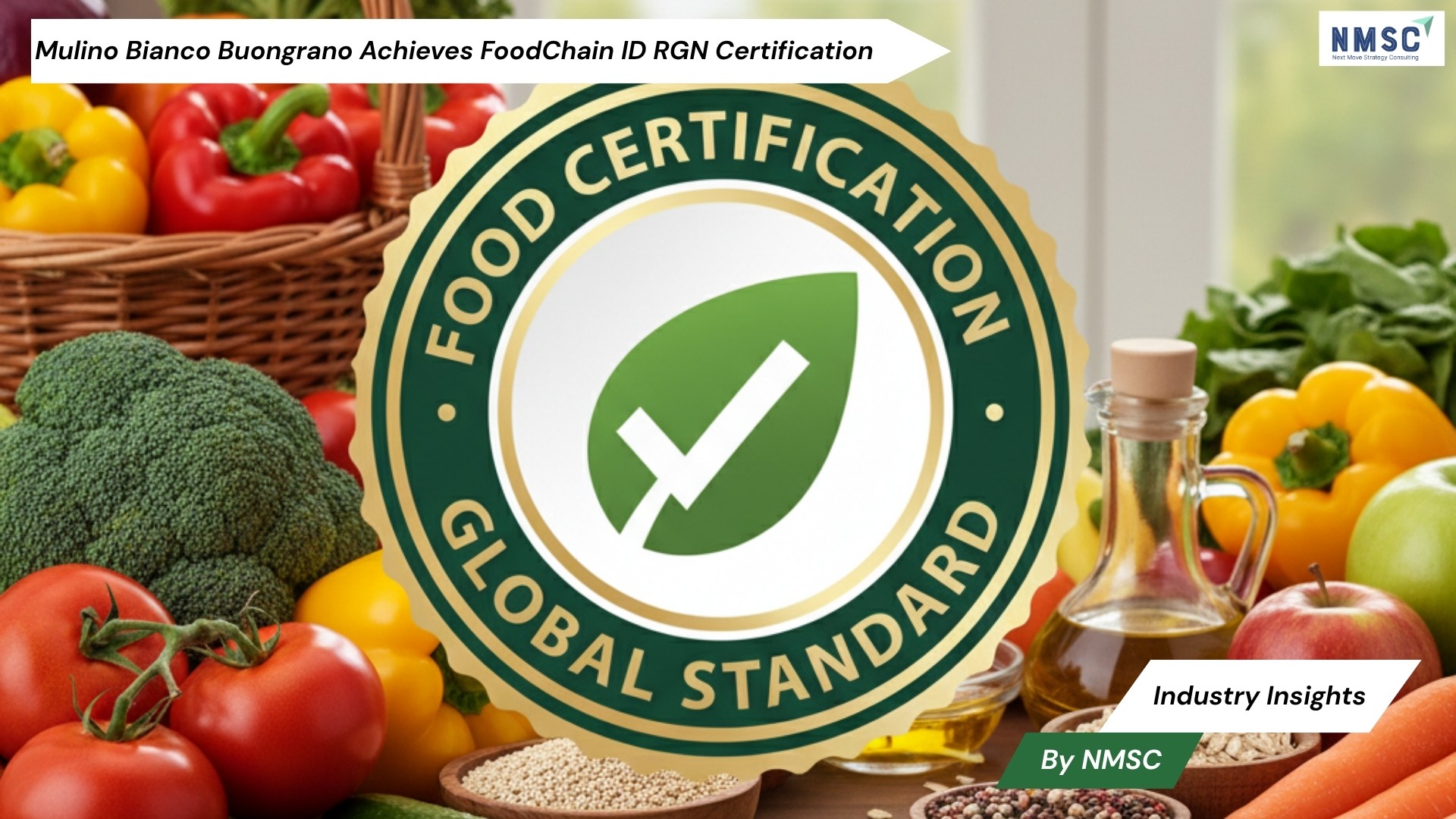California Ban Spurs Innovation in Food Packaging Market
Published: 2025-10-09

Industry Insights from Next Move Strategy Consulting
Amid escalating concerns over childhood nutrition and the prevalence of additives in daily diets, California’s enactment of the first U.S. law to define and phase out harmful ultraprocessed foods from school meals represents a pivotal advancement in reforming food systems. This measure, affecting more than one billion school meals served annually across California’s public schools, positions the state as a leader in addressing health risks tied to high-calorie, additive-laden products.
A Groundbreaking Advance in Nutrition Standards
Public schools have long grappled with the dominance of ultraprocessed foods, which supply nearly two-thirds of children’s calories nationwide. The “Real Food, Healthy Kids Act,” signed by Gov. Gavin Newsom following legislative passage in mid-September, establishes a clear definition for these foods and mandates the identification and removal of those deemed most detrimental to health.
“This legislation isn’t just about definitions — it’s a concrete step forward,” stated Jesse Gabriel, the Democratic California Assembly member who sponsored the bill. “While national discussions linger on reports and promises, California is implementing real protections for children’s well-being, aligning with broader national efforts to improve food quality and children’s health”.
Key Provisions at a Glance:
-
Definition of Ultraprocessed Foods encompassing nonnutritive sweeteners, elevated saturated fat, sodium, added sugar, emulsifiers, stabilizers, thickeners, flavor enhancers, food dyes, and similar additives.
-
Guidelines on Permissible Levels of ingredients such as sugar and salt, with tailored standards for elementary/middle versus high school students.
-
Focus on Harmful Variants linked to conditions like food addiction, cancer, diabetes, or fatty liver disease, while allowing certain processed foods that meet safety and nutritional standards to remain available for shelf stability and practicality.
-
Prohibitions Based on Actions in other jurisdictions, including bans, restrictions, or warnings on additives by local, state, federal, or international entities. Red Flags for Modifications that heighten sugar, salt, or fat content to appeal to taste preferences.
Adaptable Framework for Long-Term Health
Central to the law is a structured timeline that allows for thoughtful implementation, starting with vendor reporting of ultraprocessed offerings by February 1, 2028, and culminating in the full removal of identified concerning foods by July 1, 2035. This approach acknowledges the need for gradual shifts in supply chains, ensuring schools can maintain reliable meal services while prioritizing health.
As ultraprocessed items with problematic additives are eliminated, the initiative fosters a transition toward real, nutrient-focused foods, reducing reliance on formulations heavy in preservatives and enhancers.
Industry Response and Strategic Outlook – NMSC’s Views
The bill encountered significant resistance from industry stakeholders, reflecting intense lobbying efforts to preserve existing practices. Despite significant resistance from industry stakeholders, the bill received strong bipartisan support in the state legislature, reflecting a widespread consensus on improving children’s nutrition, underscoring grassroots demand for action on pervasive chemicals in food, water, and air.
This development complements ongoing national efforts to improve food quality, though California’s law introduces enforceable measures at the state level, which has delivered commitments without enforceable measures, as noted by experts critiquing its lack of substance.
From a market research perspective, the new standards could influence the food packaging sector over time, as suppliers adapt products to meet additive-free and transparency requirements. As suppliers adapt to phase out concerning ultraprocessed items, demand may rise for packaging solutions that emphasize transparency, extended freshness for less processed options, and compliance labeling, potentially spurring growth in sustainable materials and innovative formats tailored to school distribution needs.
Charting a New Path in Food Systems
In an era of heightened awareness about nutrition’s role in public health, California’s ultraprocessed foods law heralds a proactive stance on safeguarding future generations — one where evidence-based reforms take precedence over inaction. Through this initiative, the state solidifies its role in advancing healthier food environments, empowering communities to confront systemic challenges in the national supply chain.
Source: CNN
Prepared by: Next Move Strategy Consulting
About the Author
 Sneha Chakraborty, a skilled SEO Executive and Content Writer with over 4 years in digital marketing, excels in boosting online visibility and engagement with data-driven strategies and compelling content. Passionate about simplifying digital ideas, she enjoys reading, sketching, and nature photography.
Sneha Chakraborty, a skilled SEO Executive and Content Writer with over 4 years in digital marketing, excels in boosting online visibility and engagement with data-driven strategies and compelling content. Passionate about simplifying digital ideas, she enjoys reading, sketching, and nature photography.
About the Reviewer
 Debashree Dey is a skilled Content Writer, PR Specialist, and Assistant Manager with expertise in digital marketing. She creates impactful, data-driven campaigns and audience-focused content to boost brand visibility. Passionate about creativity, she also draws inspiration from design and innovative projects.
Debashree Dey is a skilled Content Writer, PR Specialist, and Assistant Manager with expertise in digital marketing. She creates impactful, data-driven campaigns and audience-focused content to boost brand visibility. Passionate about creativity, she also draws inspiration from design and innovative projects.
















Add Comment